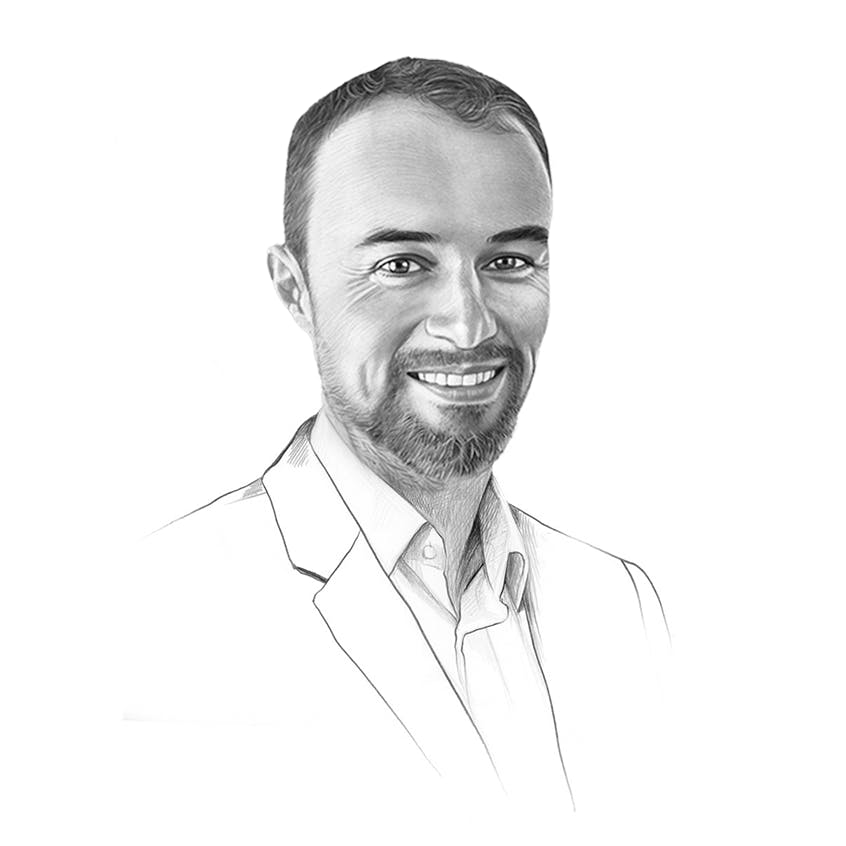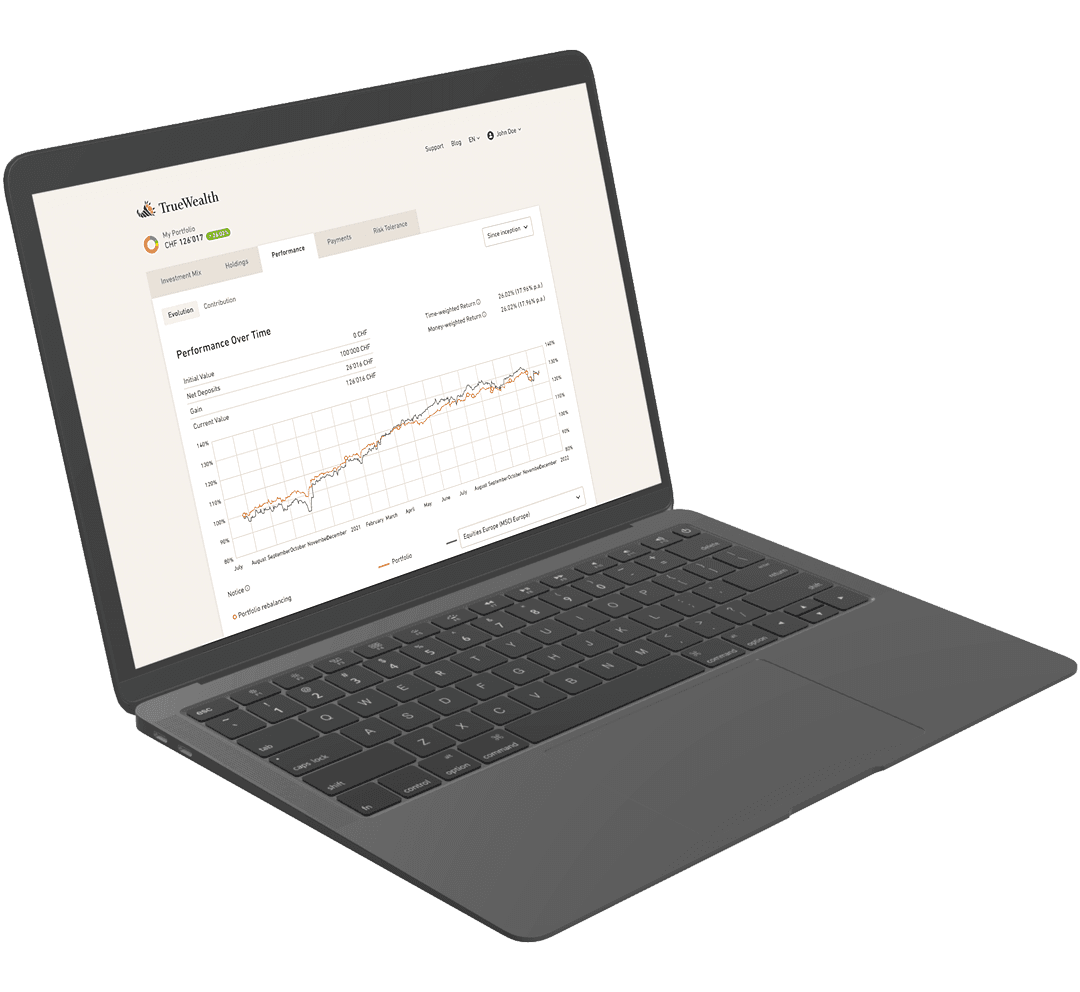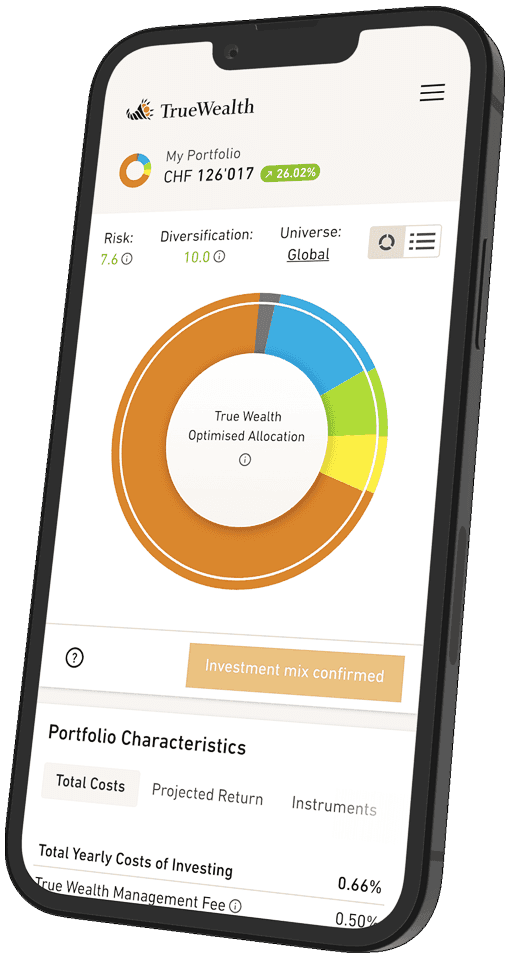
MSCI World: What the global ETF can't do
The MSCI World stock index and its more broadly diversified sibling, the All Country World (ACWI), have become synonymous with ETF savings for many. Their long-term performance is impressive. However, the concentration risk is just as high.
In retrospect, investing in the MSCI World or ACWI was not a bad investment. The MSCI World index has been around since 1986 and as an ETF since 2005. The average annual return before taxes is around 8% in the original currency, the US dollar, and around 5% in Swiss francs. However, both global ETFs require a very high risk tolerance, i.e., the objective and subjective ability of investors to withstand periods of high volatility and losses. And these can be tough. In the recent past, the maximum price slump has already exceeded the 50% mark twice, namely when the dot-com bubble burst and in the wake of the global financial crisis.
It took several years for the previous highs to be reached again. Most ETF savers are relatively new and have not yet had this experience. Will they keep a cool head if volatility returns on this scale?
Too much tech, too many dollars
The MSCI World covers over 1'300 companies from industrialized countries. But despite this diversification, weakness in the US stock market is enough to trigger a severe setback, as investors learned during Trump's tariff shock. After all, US stocks account for around 70 percent of the MSCI World, followed by Japan with 5 percent. Emerging markets such as China, India and Brazil are completely absent. Even in the ACWI, which includes emerging markets alongside developed industrialized countries, the US weighting is very high at over 60 percent.
This remarkable imbalance is the result of the unchecked rise of the tech giants. Originally known as FAANG, this group is now commonly referred to as the Magnificent Seven. These magnificent seven are Nvidia, Apple, Microsoft, Amazon, Alphabet, Meta, and Tesla.
Given developments in Washington, anyone who feels uncomfortable with this degree of US dominance needs to adjust the composition of their portfolio. They can do this either by supplementing the global ETF with other ETFs or by building their portfolio from the outset on a bundle of different ETFs.
Small and mid caps are largely absent
Depending on the market situation, the smallest company in the MSCI World has a market capitalization of around 1.5 to 2 billion Swiss francs. This threshold is too high for well-known Swiss companies such as Stadler Rail and Orell Füssli.
Those looking for a more robust exposure to small and mid caps need specific index products such as the SPI or regional small/mid cap ETFs. Here, too, a portfolio consisting of various ETFs offers greater flexibility.
Lack of diversification across asset classes
A global equity ETF is based on equities. For many investors, especially those with a medium risk profile or investment horizon, this is not sufficiently diversified. It lacks real estate investments, commodities and, depending on risk tolerance, fixed-income securities. These asset classes have different correlations with equity markets and help to spread risk across different interest rate and market phases. With a set of several ETFs, such a multi-asset portfolio can be built up efficiently.
Currency hedging cannot be controlled gradually
For Swiss investors who need to cover most of their financial needs in Swiss francs during the withdrawal phase, a slight overweighting of the domestic market or partial currency hedging may be advisable. So if you have the MSCI World in your portfolio, you might consider combining two ETFs: one currency-hedged and one non-currency-hedged.
FX hedging costs some return. And in the long term, it does not make sense to hedge the entire portfolio. A middle ground would be, for example, to hedge 1/3 of the US exposure with a currency-hedged ETF and leave 2/3 unhedged. This would at least partially neutralize the dollar risk and leave investors better equipped in the event of another painful appreciation of the Swiss franc. And a limited foreign currency risk frees up your personal «risk budget» for other investments, such as more equities. Find out more in the video podcast «Improve your long-term returns with currency hedging.»
Lack of flexibility in global asset allocation (and no risk management)
Global economic balances can appear stable for a long time before changing abruptly. The MSCI World blindly replicates the weighting of the global markets and lacks independent risk management.
Your own investment horizon can also change, often due to retirement, buying a house, or other important financial milestones. In such cases, a static global ETF cannot be adapted to your new circumstances. A modular ETF portfolio, on the other hand, can.
For these reasons, True Wealth never relies on a single fund in its clients' portfolios. The online wealth manager also keeps an eye on less obvious cluster risks. As a result, its optimized portfolios have lower US exposure than the MSCI World and foreign currency risk is partially hedged.
To implement this strategy, True Wealth selects the best ETFs from over 10'000 available on the market. This ensures that investors remain flexible at all times and can pursue an investment strategy that is as individual as possible. With success for over 10 years.
About the author

Founder and CEO of True Wealth. After graduating from the Swiss Federal Institute of Technology (ETH) as a physicist, Felix first spent several years in Swiss industry and then four years with a major reinsurance company in portfolio management and risk modeling.

Ready to invest?
Open accountNot sure how to start? Open a test account and upgrade to a full account later.
Open test account